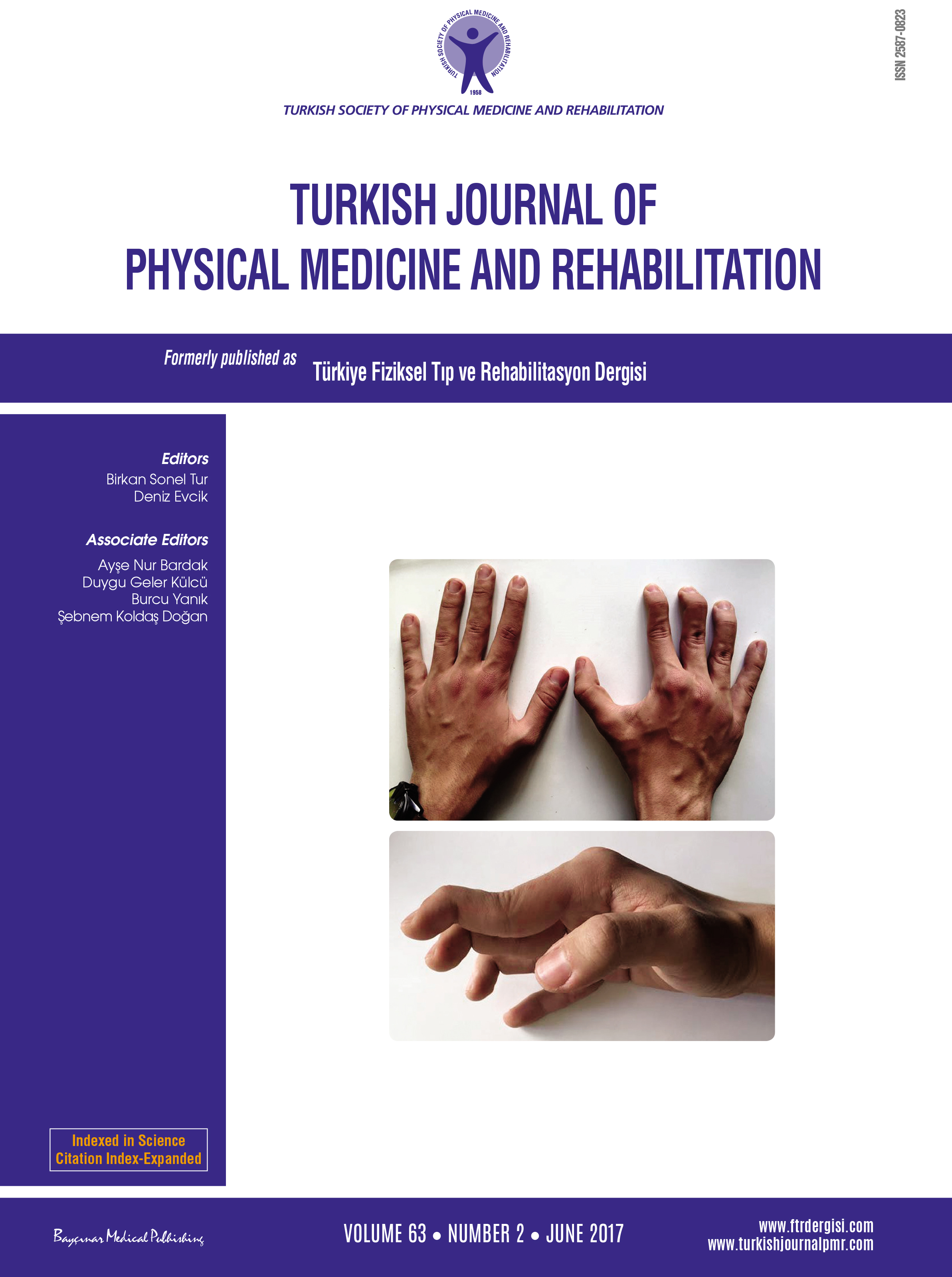The effect of alendronate sodium on trabecular bone structure in an osteoporotic rat model
2 Department of Maxillofacial and Oral Surgery, Çukurova University School of Dentistry, Adana, Turkey
3 Department of Anatomy, Medical Faculty of Çukurova University, Adana, Turkey
4 Department of Obstetrics and Gynecology, Medical Faculty of Çukurova University, Adana, Turkey
5 Dundee University, Center for Anatomy, Dundee, England DOI : 10.5606/tftrd.2017.164 Objectives: This study aims to investigate the effect of alendronate sodium on trabecular bone structure in an osteoporotic rat model.
Materials and methods: Between May 2006 and July 2006, 60 female Wistar Albino rats aged three months were randomly allocated to three groups: sham operated receiving no treatment (Shm); ovariectomized-alendronate receiving 1 mg/kg/day alendronate sodium (Ovx-A), and ovariectomized-vehicle receiving 1 mL/kg/day physiological saline (Ovx-PS). Both Ovx groups received treatment through gastric gavage for 56 days.
Results: Densitometric measurements showed that bone mineral density decreased in the Ovx-PS and increased in Ovx-A groups (p<0.05). Biomechanical measurements showed a decrease in the breaking force in the Ovx-PS group and an increase in the Ovx-A group (p<0.05). Histomorphometric measurements showed that the Shm group had normal trabecular structure, while the Ovx-PS group had a less wellformed trabecular structure with a loss in the trabecular number and thickness and a corresponding increase in the trabecular spacing (p<0.05). In the Ovx-A group, there was an improvement in the trabecular structure with an increase in the trabecular number and thickness and a loss in the trabecular space (p<0.05).
Conclusion: Our study results suggest that alendronate sodium is a valuable treatment agent for osteoporosis in postmenopausal women.
Keywords : Alendronate sodium; biomechanics; densitometry; histomorphometry; osteoporosis

















